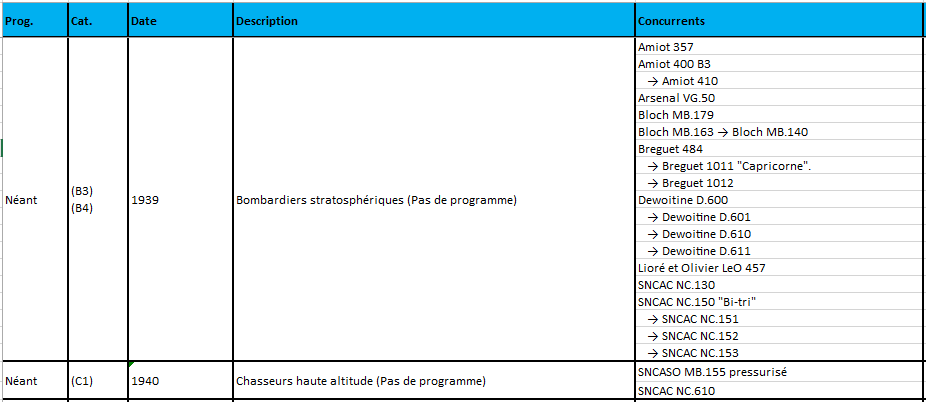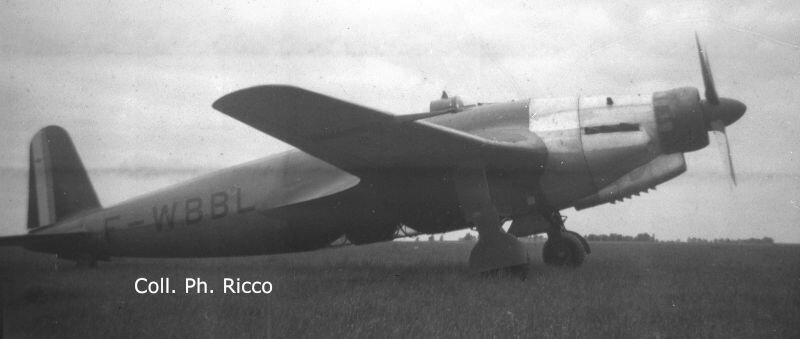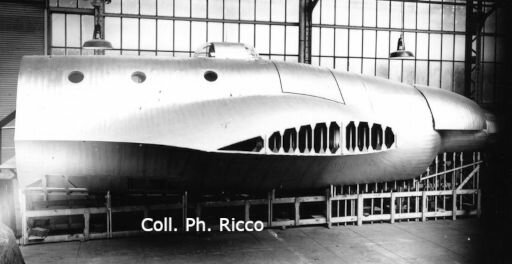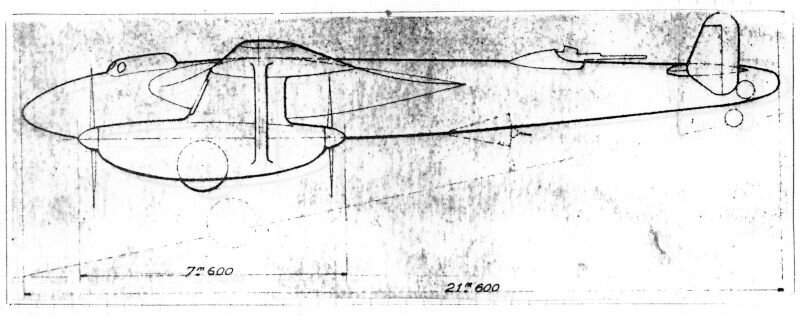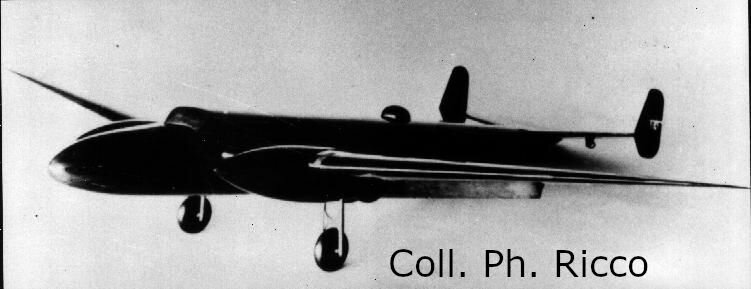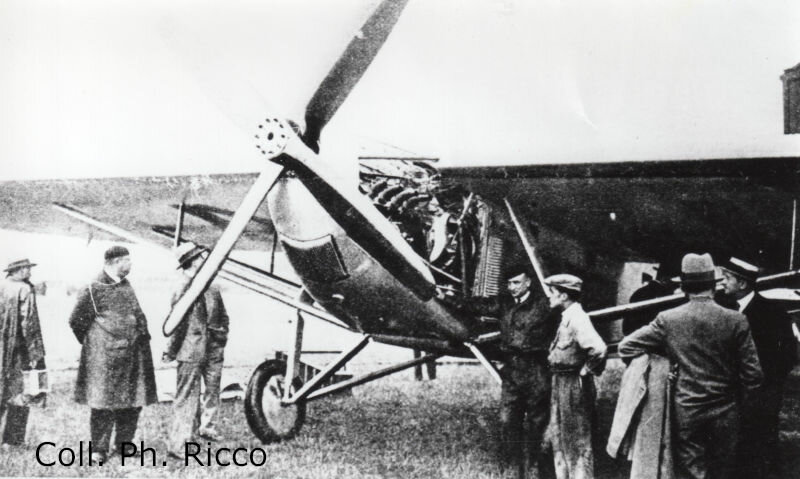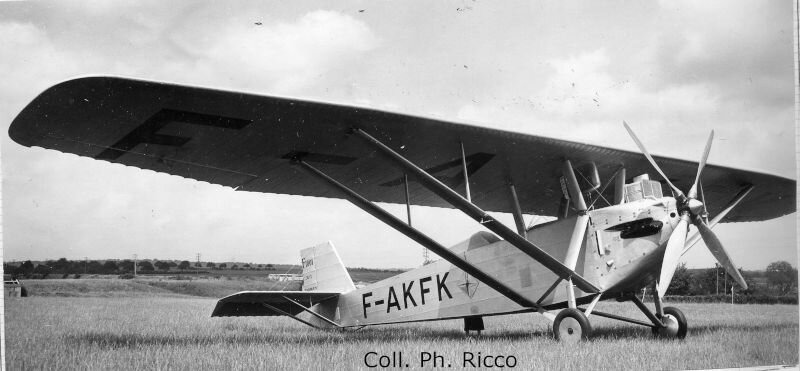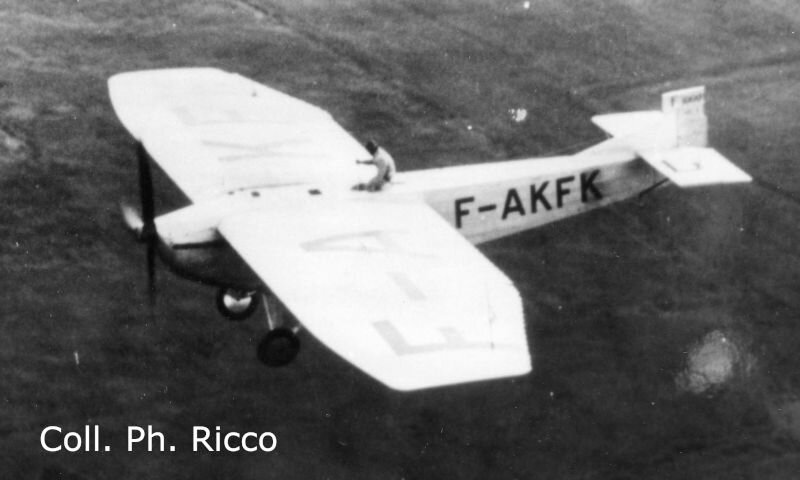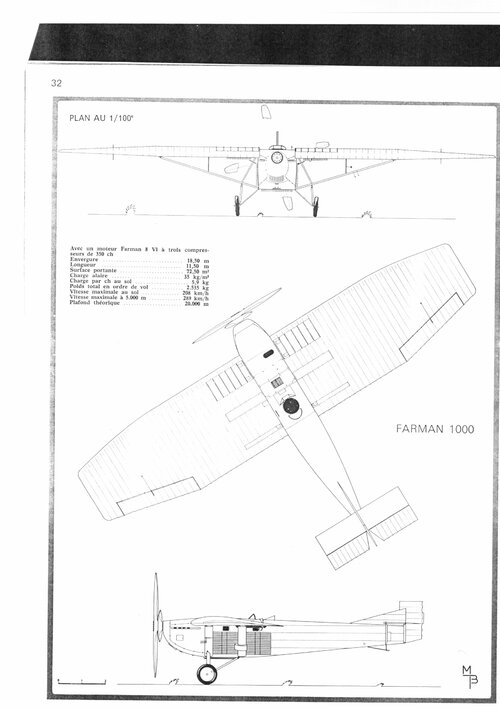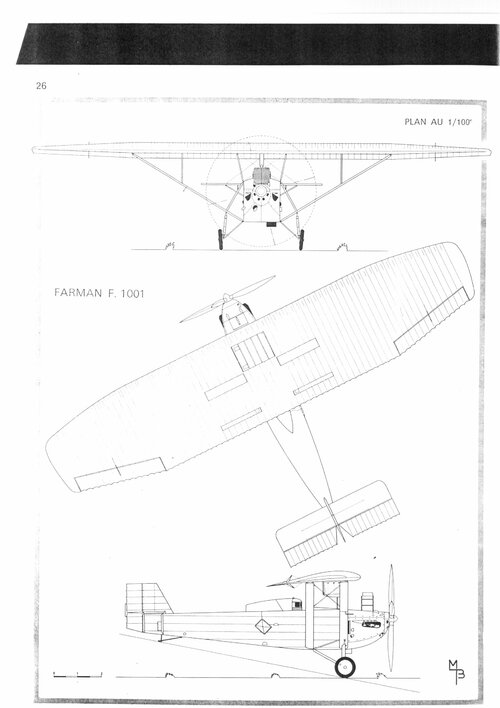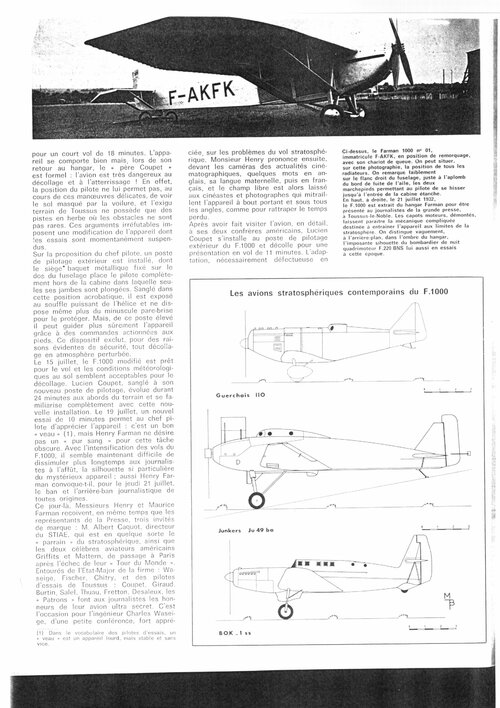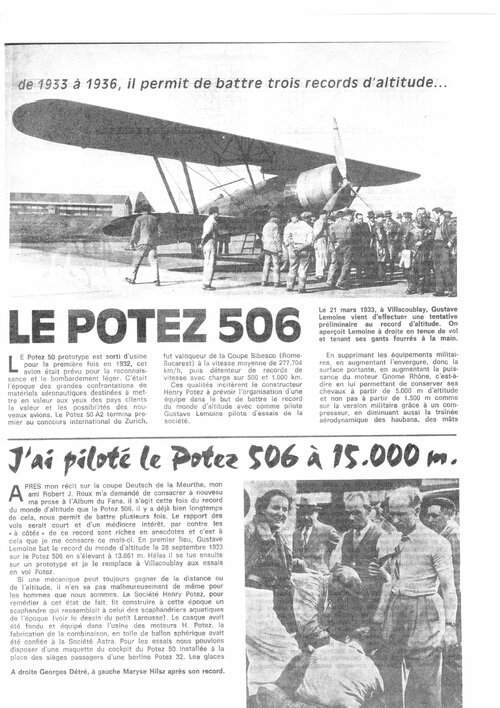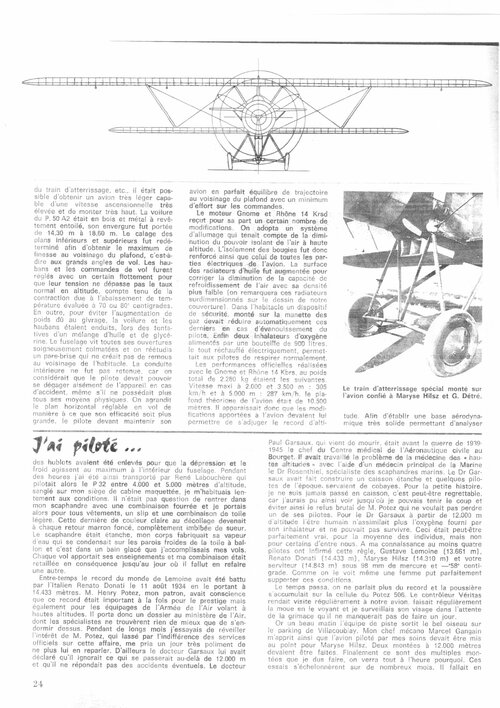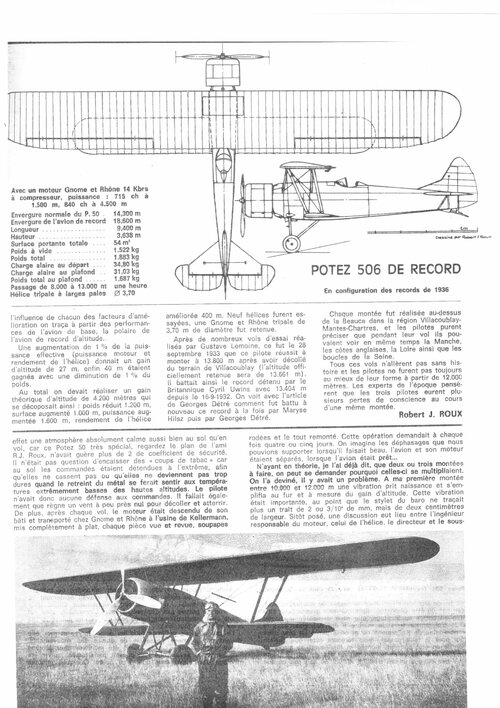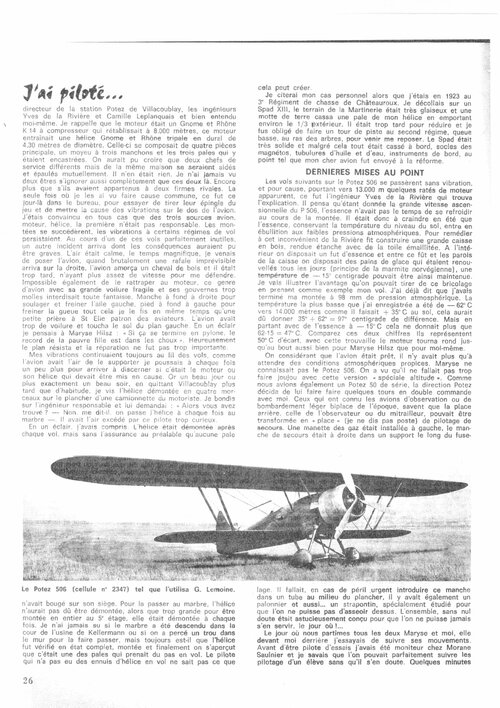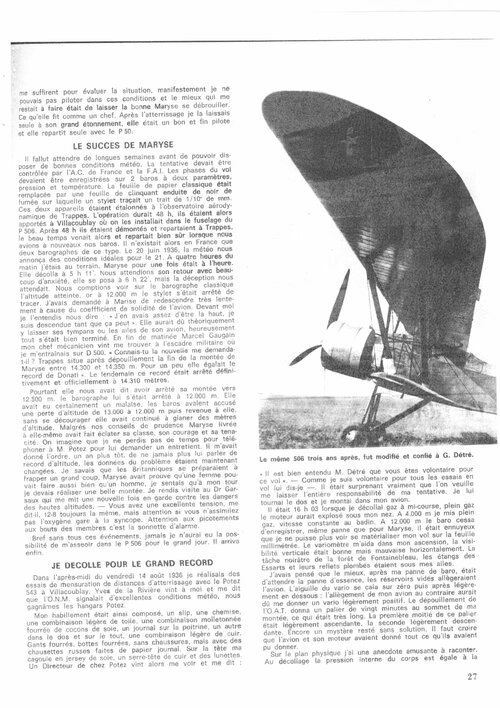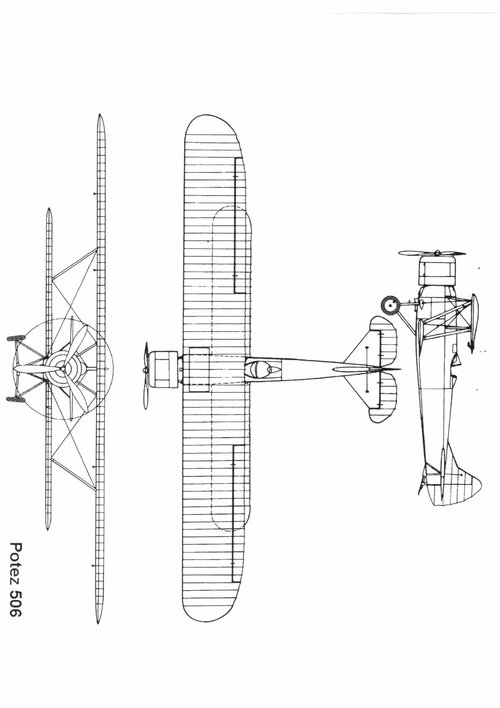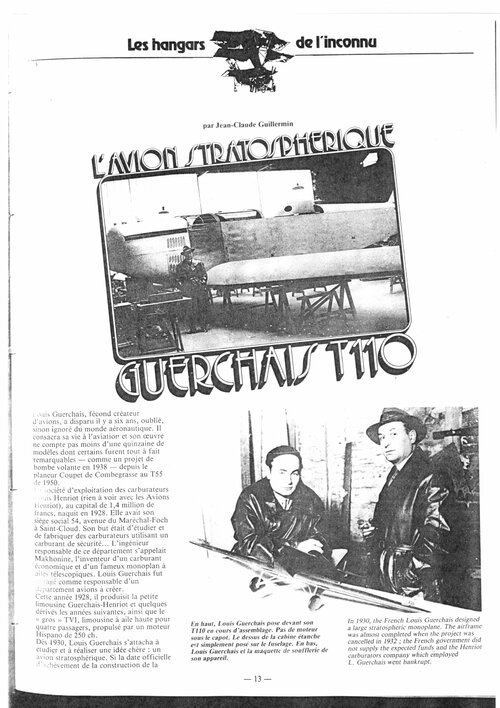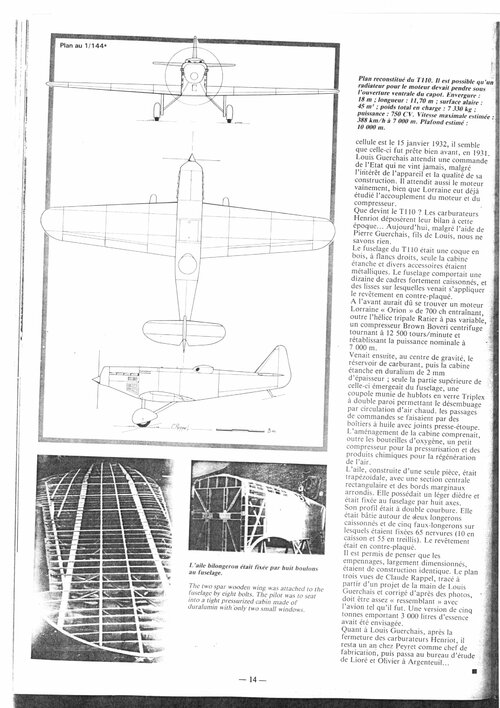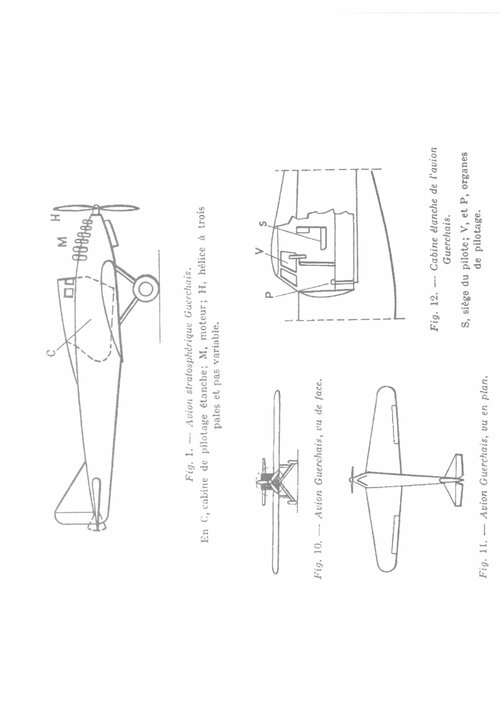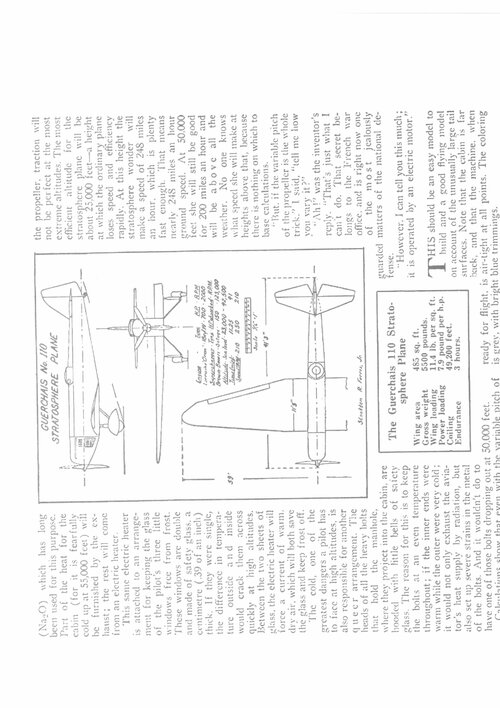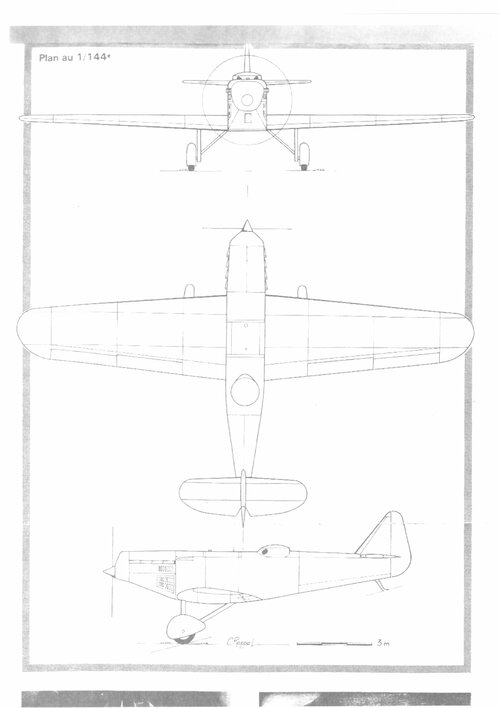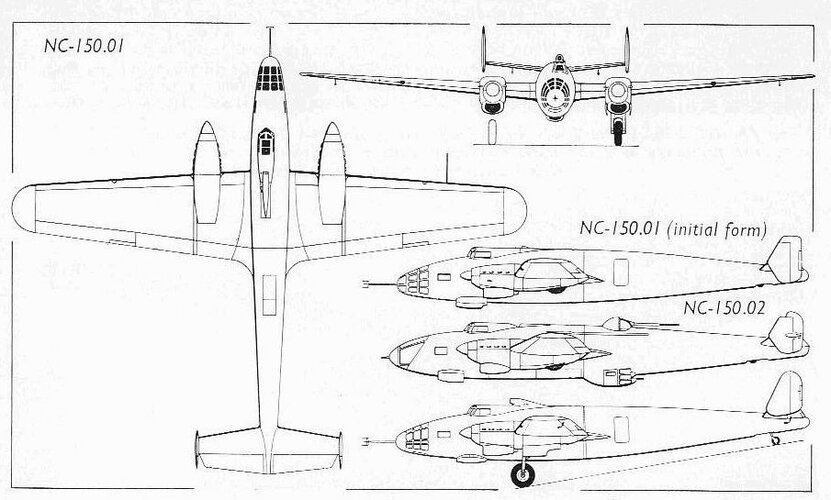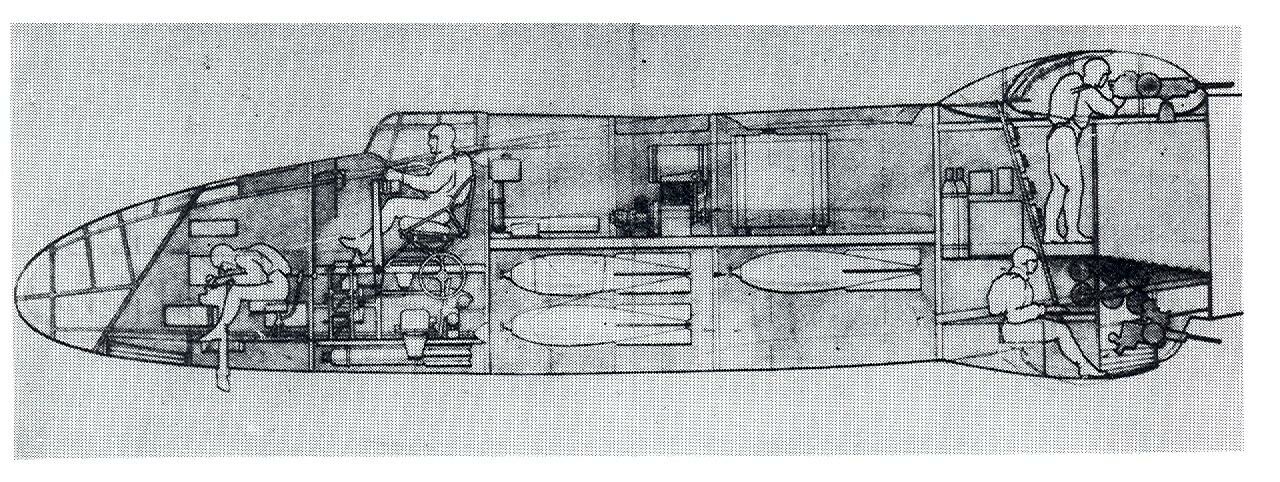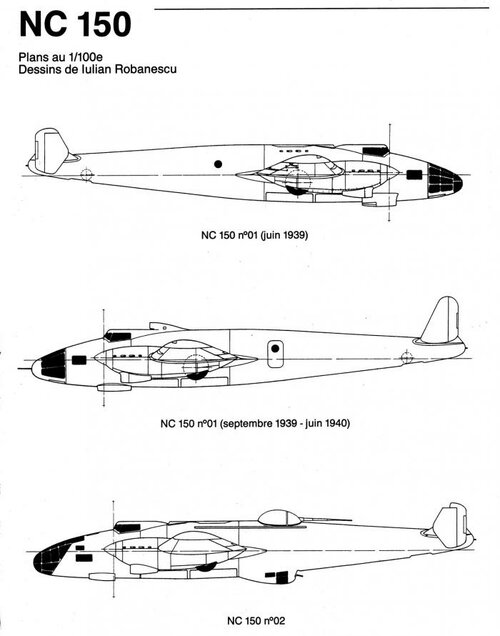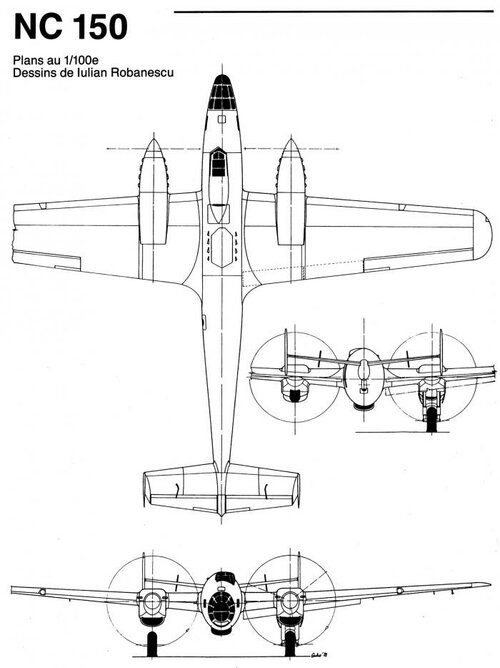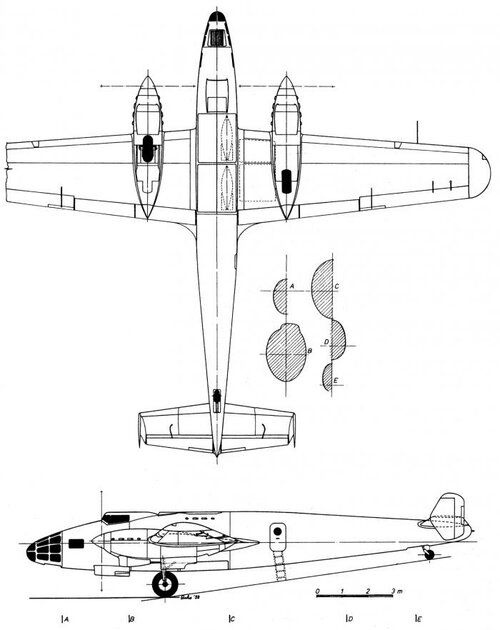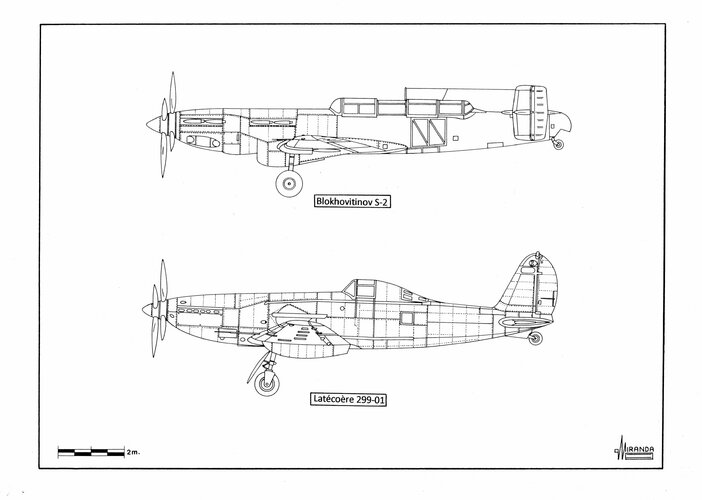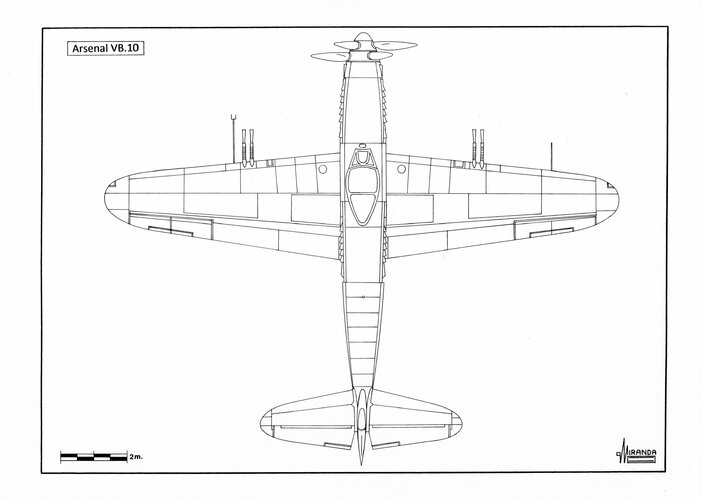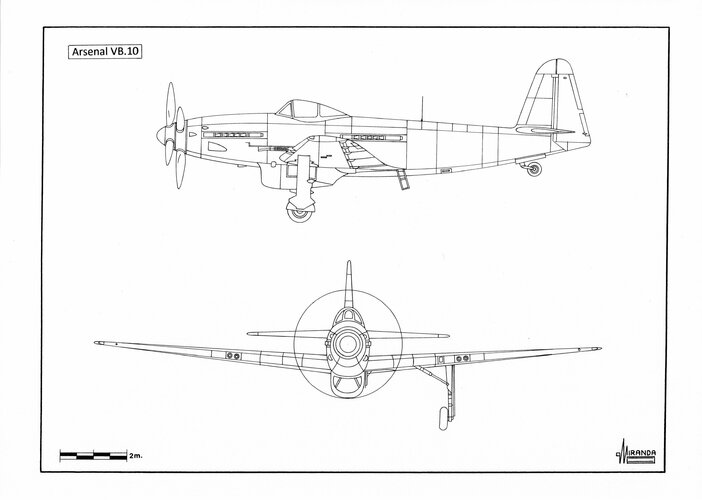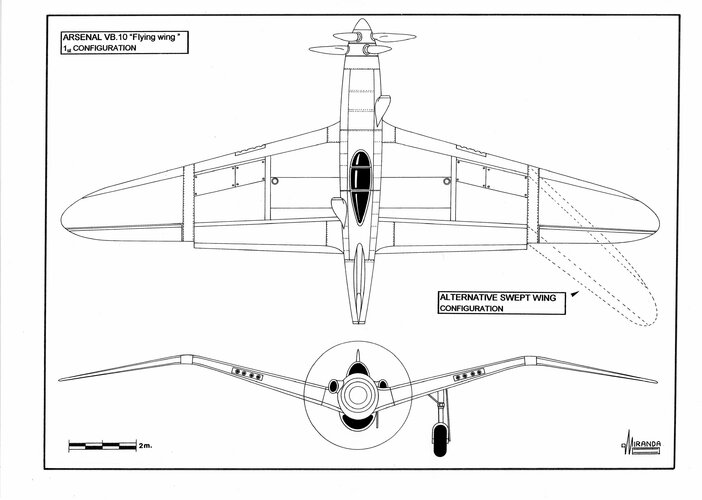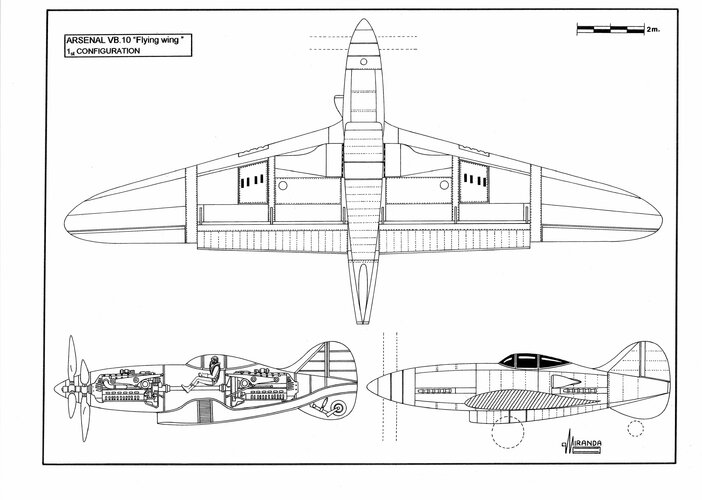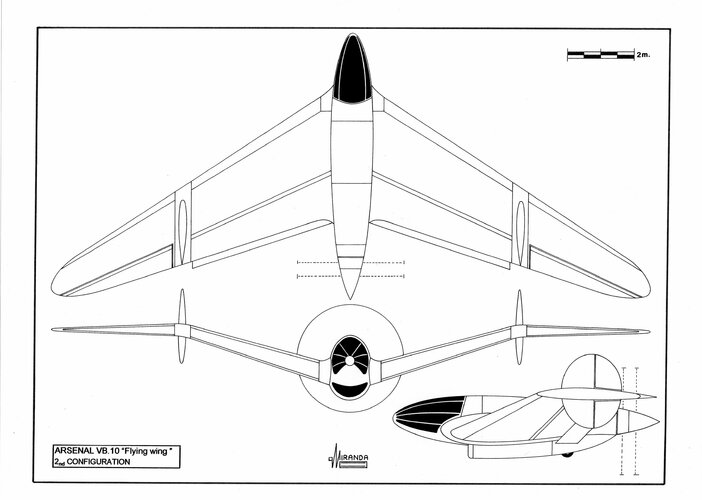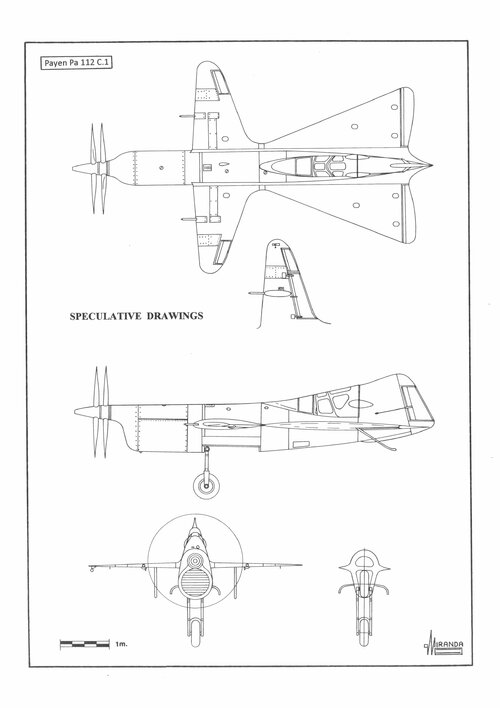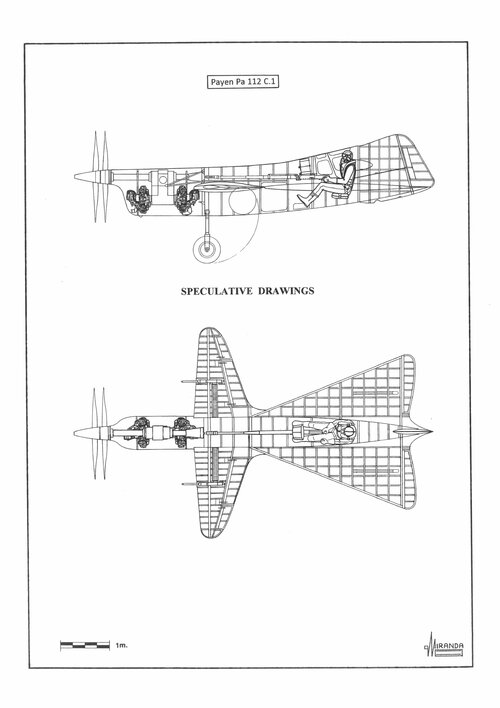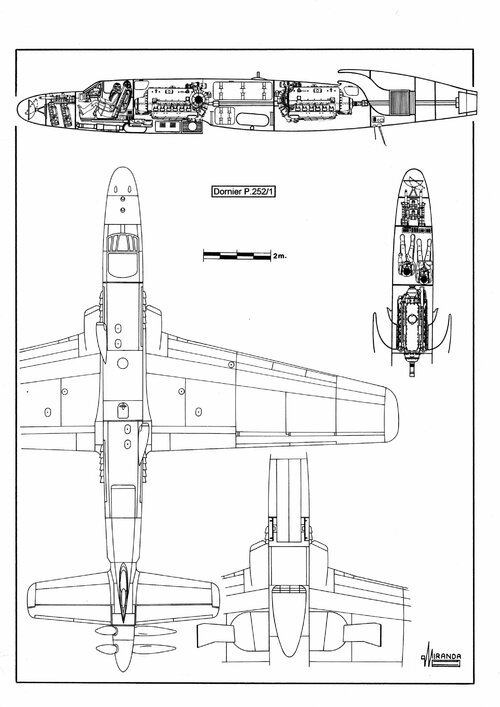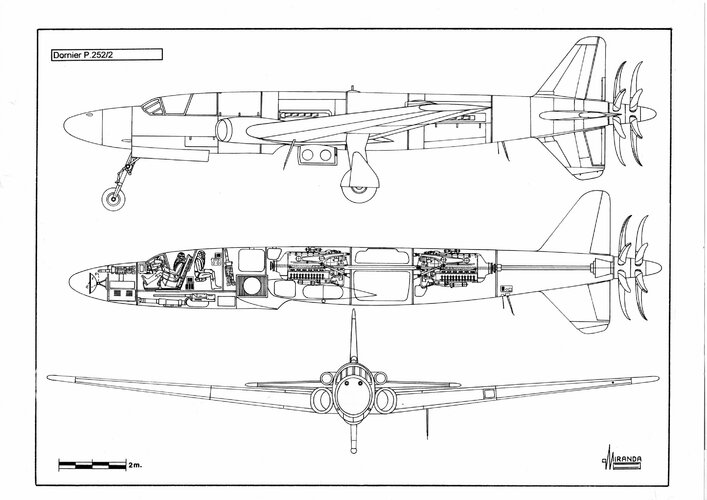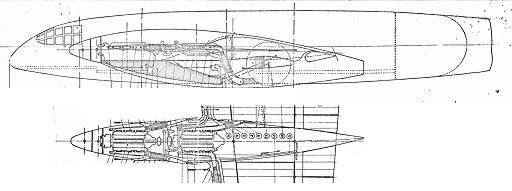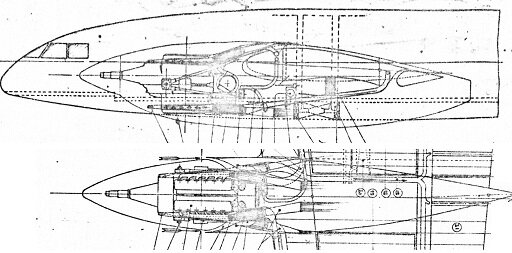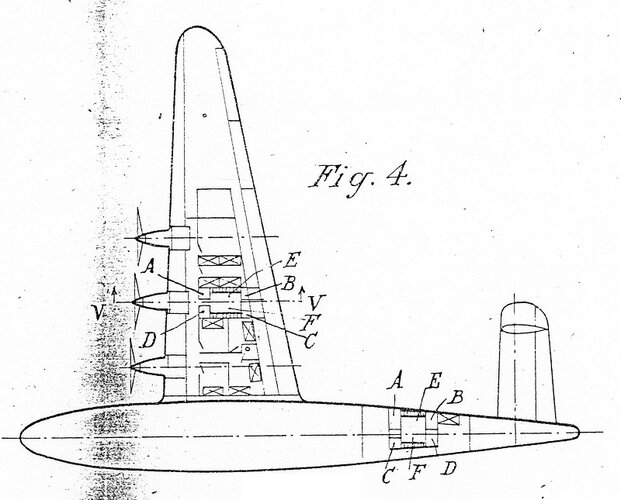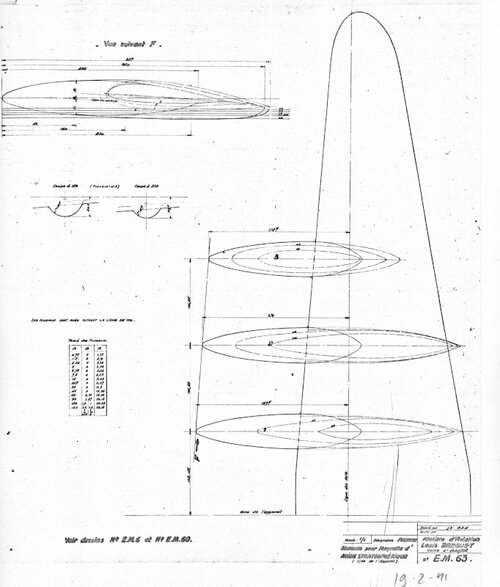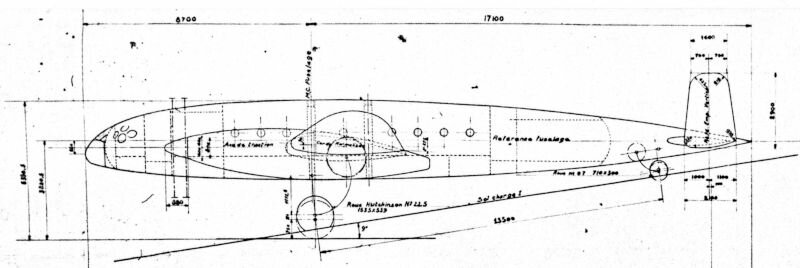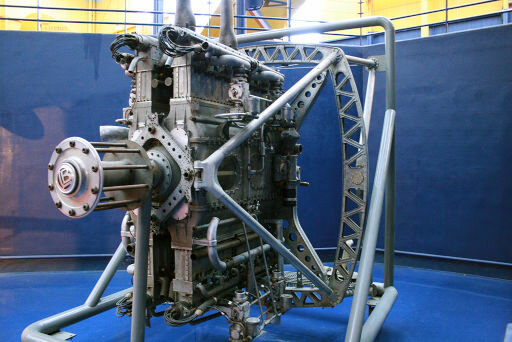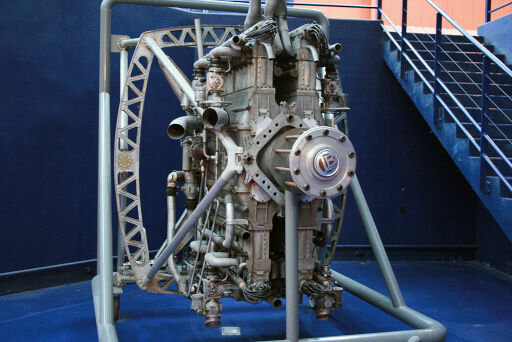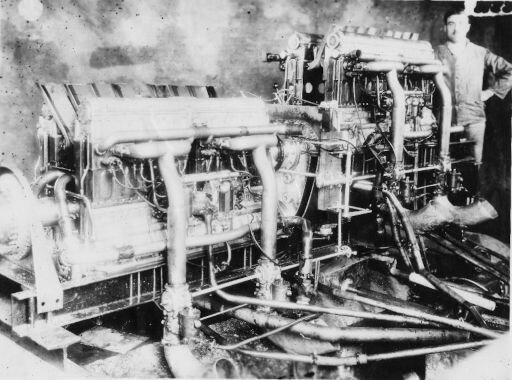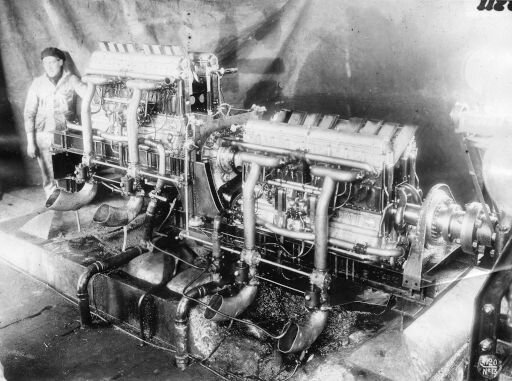On 23 October 1934 an Italian experimental seaplane named Macchi M.C.72 surpassed the flying speed of 700 Km/h thus obtaining an absolute record for airplanes of its class that has never been improved until today.
The secret of this success was in the power plant: a 2,850 hp Fiat A.S.6 of 24 cylinder double V-12 piston engine, essentially two V-12 engines in tandem (joined by a single crankshaft) each driving one of the two contra/rotating propellers via a coaxial shaft.
Although the idea of coupled engines finally proved to be inefficient in practice, it was seriously considered for military purposes during the years previous to the World War II.
When Italians tried the mass production the Fiat A38 RI C15/45 engine (the military version of the AS.6) to propel the Fiat G.50 fighter, they encountered unsolvable manufacturing and maintenance problems due to the complexity of the design. This forced them to cancel the programme in July 1941.
Same situation was lived by North Americans with their enormous Chrysler XIV-2220 to be used as the power plant for an advanced version of the P-47 Thunderbolt and that was necessary to cancel due to excessive vibration.
The Germans abandoned their work in the V16 engines for the same reason, the design of a V16 variant of the DB 603, known as DB 609, was started in September 1942. It was a 16 cylinder and 2,500 hp engine, which prototype showed serious problems of vibration, when tested in the Focke-Wulf 190 V19 prototype, due to the excessive length of the crankshaft. The result of their efforts on the development of side-by-side coupled engines was the DB 606, 610 and 613 which operational use in the Heinkel He 177 bombers was a maintenance nightmare, with several accidents and fires due to overheating of the engines.
The British also failed with the 2,000 hp Rolls-Royce Vulture. It was a 24 cylinders in ‘X’ engine formed by two R.R. Peregrine of 12 Cylinders in ‘V’ (one normal and one inverted) married to a common crankshaft with which they expected to power the Hawker Tornado fighter. The project was cancelled in 1940 in favour of the Hawker Typhoon propelled by the more conventional Napier Sabre engine.
The French designers also tried their own solution to the problem. The most imaginative was doubtless the used by Roland Payen in his experimental light fighter Pa.112 C1. It used two Salmson AD-9 radial engines in a face to face position to drive a common gearbox. This was a transmisión électrique Cotal which employed epicyclical internals and an electrical gear change control by means of electromagnetic clutches. Originally designed for high performance cars, this system actuated over a coaxial shaft located over the engines, through which a 20 mm. gun could be fired simultaneously serving to move the propellers. A unique case of moteur-canon using radial engines!
A bit more conventional was the system of engines in tandem designed during the German occupation by the engineer Michel Vernisse. It was to power the Arsenal VB.10 fighter by using two Hispano-Suiza H.S. 12Z engines. One of them was installed in the nose of the airplane and the other in the central section of the fuselage. Both were connected to each other by a power shaft that went under the pilot seat, like in the Bell P-39 Airacobra. Excessive vibrations were removed by the device known as joint homocinétique.
In 1942 the Latécoère 299A was built to test the system by modifying a Latécoére dive bomber in which two standard 860 hp H.S.12-Y-31 were connected by a power shaft.
The prototype was destroyed in an accident without ever having flown, but the ground tests performed were satisfactory enough to approve the construction of the V.10.
The Germans were not interested in the Latécoère 299A, at that time, they had already dropped their own DB 615 system, with two DB 603 engines connected in tandem.
The appearance of the first jet fighters made the VB.10 obsolete and it was decided to use it as transition airplane during the first years of the post war, until the time when the new French jet fighters were available.
However, the programme was cancelled in 1948 due to different accidents with the prototypes and pre-production airplanes.
Several variants of the VB.10, about which very little is known, were proposed during the war. One of them was a naval fighter designed in 1944. Another was named VB.15 and was to be propelled by two German Jumo 213 engines.
Arsenal VB.10 technical data
Power plant: two 860 hp Hispano-Suiza H.S. 12 Y-31, 12-cylinder ‘V’, liquid-cooled engines or two 1,150 hp H.S. 12 Z Ars 15/16, wingspan: 50.8 ft (15.49 m), length: 42.6 ft (12.98 m), height: 17 ft (5.2 m), wing area: 382 sq.ft. (35.5 sq.m), maximum weight: 21,737 lbs (9,860 kg), maximum speed: 435 mph. (700 kph), climb rate: 2,008 ft/min, armament: four wing-mounted H.S.404 cannon of 20 mm with 150 rounds per gun.
The Soviets acquired the manufacturing license of the H.S.12 Ybrs as Klimov M-103 A. In 1939 they began the construction of the Bolkhovitinov S-2, a fast bomber powered by two M-103 engines connected in tandem by a transmission system like the Vernisse. On 20 March 1940 the prototype was flown reaching 570 kph top speed. After the German attack the development of the S-2 was interrupted because of the priority given to the manufacture of the Petlyakov Pe-2 bomber.
In October 1940, after analysing the new combat tactics used in Europe, the Kawasaki firm started a high-speed aircraft research programme, towards closing the technological gap with the Western World. They used two 1,175 hp Ha-40 (DB 601) engines connected in tandem by a 2 m length DB 615 power shaft and an evaporation cooling system based on the He 100 V8. All necessary information was acquired in Germany by engineer Jun Kitano in 1940.
Foreseeing the French technological delay in the field of jet engines and its consequences at the end of the war, the design team of the Arsenal firm (known as AEA during the German occupation) created two projects of flying wings based on the VB.10 with improved aerodynamic features.
The first design had a 17 per cent thickness gull wing very similar to the one in the North American Northrop N-1M, although the double dihedral angle (+16 degrees, -9 degrees) was more extreme.
The wing had a moderate swept angle of 15 degrees in the leading edge, Youngman type flaps of a big size and spoilers. The engines would have been two H.S.12Z rated at 1,200 hp and equipped with Turboméca superchargers and a ventral Chausson radiator.
Thanks to the joint homocinétique both engines could work independently by acting over two Ratier contra-rotating airscrews. It was to be built using welded steel-tube with some pieces of magnesium and the external coating of a material called contraplaqué métallique.
The cockpit armour should have 7 mm side, 15 mm. back and 80 mm armoured glass front panel.
The armament was to be a combination of the Browning 5 in. machine guns and Hispano-Suiza 20 mm cannons with an SF 1943B gunsight. The radio should be of the TR1143 type.
The second design was more advanced. With the pilot in a prone position installed in the forward section of the fuselage, pusher airscrews and 33 degrees swept wings based on the research made by Roger Robert in 1942.
In 1944 it was decided to replace the H.S.12Z by two Jumo 213 A-1 of 1,776 hp in the first design and by an experimental H.S.24Z of 24 cylinders in ‘X’ and 3,000 hp in the second design.
First design technical data
Wingspan: 59 ft (18 m), lenght: 30 ft (9.10 m), height: 6.8 ft (2.10 m), wing surface: 444 ft (40 sq.m), maximum weight: 13.135 lbs (5,950 kg).
Second design technical data
Wingspan: 59 ft (18 m), lenght: 26.2 ft (8 m), height: 6.4 ft (1.95 m), wing surface: 444 ft (40 sq.m).

